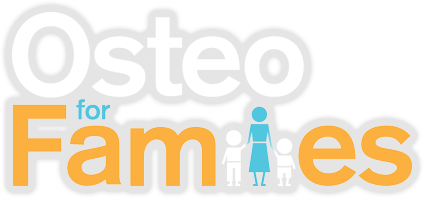MY BABY HAS AN UNEVEN HEAD. FLAT HEADS IN INFANTS. PLAGIOCEPHALY
Why do babies have flexible skulls?
One feature that helps an infant pass through the mother’s pelvis is that its head is flexible and mouldable. The skull of a newborn is made up of 6 bones connected by strong connective tissue, these bones will overlap slightly to help the baby's head narrow as it passes through the birth canal.
It is very common for a newborn baby to have an unusually shaped head due to the flexible nature of the bones and can be from the positions in the uterus during pregnancy and from moulding during labour and if any instruments were used. Depending on the cause most heads should return to a normal shape within about 6 weeks.
What is plagiocephaly?
Plagiocephaly is where the baby’s skull is misshapen, flat or asymmetrical. Plagiocephaly does not usually affect brain development but can affect physical appearance if not addressed.
Plagiocephaly can occur because a baby spends too much time in one position and due to the mouldable bones can develop a flatness of their skull.
Preventing and managing Plagiocephaly.
Preventing plagiocephaly is about making sure that there is a varied number of positions your baby’s head is in.
Young babies generally sleep in the same position you place them in. So place them facing different sides. If your baby moves their head during the night it is often not needed for you to return it as they will often just move it back to the position of comfort after you have left.
As they get older and can move their heads and like to look at certain things such as windows and doors or your bed, make sure you move the position of the cot so that they are looking in both directions and angles. Make sure you always put a baby to sleep on their back with no pillows in the cot.
Mix up how you carry your baby, try over your arm on their tummy or side, up at your chest so they are spending time exploring the world in different views and also not applying pressure on one spot of their head.
When they are awake and playful, mix up the positions they are in and where things around them including people and toys are, so they have to turn to look at them.
Plagiocephaly usually improves naturally as the baby grows and gains better control and movement of their heads. Addressing any restrictions in the neck and head can also be useful in facilitating movement to both sides. This is where an Osteopath may be of some help, they will assess joint and muscle movement to see if there are any restrictions limiting neck movement. Their treatment will be focused on addressing these restrictions as well as giving you some advice for when at home.
In a small number of cases helmet therapy may be recommended. This involves making a specific helmet for your child which helps take the pressure off the flat part of the skull. Through extensive work alongside orthotists, we find that if we as Osteopaths can make sure a baby's neck is moving well and evenly, that the majority of cases can avoid the use of helmet therapy.
Key notes: https://www.rch.org.au/kidsinfo/fact_sheets/Plagiocephaly_misshapen_head/

